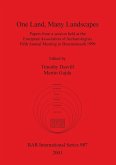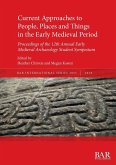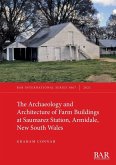This is a study of the seasonal activity cycles of a pre-urban society, examined through the lens of an early medieval Welsh case study. It considers the patterns of power and habitual activity that defined spaces and structured lives. Key areas of early medieval life - agriculture, tribute-payment, legal processes and hunting - are shown to share a longstanding seasonal patterning that is preserved in medieval Welsh law, church and well dedications, and fair dates. Focussing on a cantref ('hundred') land unit in south-west Wales, it uses an innovative GIS-based multidisciplinary, comparative analysis to circumnavigate a restricted archaeological record and limited written sources. The study presents the first systematic survey of assembly site evidence in Wales, and reassesses widely-used interpretative models of the early medieval landscape. Digital resources include databases of geolocated pre-1700 place-names and of sixteenth-century demesne and Welsh-law landholdings.








